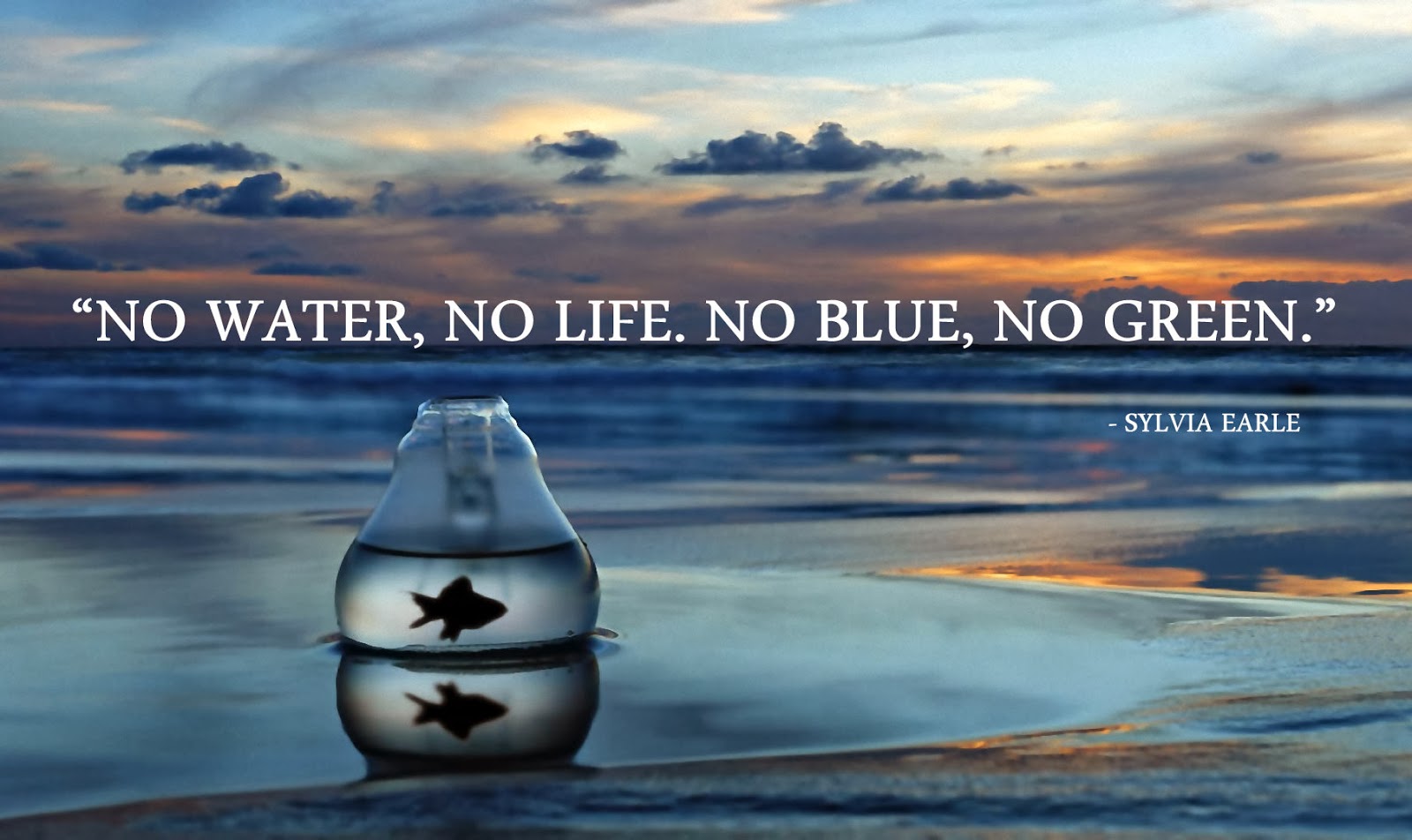Greetings everybody, Its that time of the week again!! It is species of the week time!! We may have spooked you out abit with last weeks post on the diving bell spider but this week we thought that we would introduce you to a bright mammalian species! Say hello to the sun bear....
Conservation status: Vulnerable
Habitat:
Found from southern China to eastern India and as far south as
Indonesia. They call tropical evergreen rainforest mountain forest and
swamp habitats their home!
Length: tend to be 4-5ft long.
Characteristics:
The sun bear is the smallest of the eight bear species, the sun bears
name originates from its yellowish-white crescent marking on its chest
that people thought resembled the rising or setting of the sun. It was
found that much like the tigers stripes a sun bears crescent marking
acts like a fingerprint of its individuality.
Sun
bears also boast some excellent climbing skills, and send a
considerable amount of time up high in the trees. Their appetite is not
limited either they have been seen to hunt insects, small birds,
lizards and rodent and even snack on the fruits of their habitats. Cute
fact alert, mother sun bears have been seen to cradle their cubs in
their arms whilst walking on their hind legs!
But the sun bears are not just cute and cuddly on the outside check out their tongue!
But in all seriousness, these are a vulnerable species primarily because they are caught by poachers and sold to other institutions and their limbs are then harvested, if you have some spare time check out the video below it is an amazing video! also provides a valuable insight into the inner working of zoos!
Well that is all from us for today.
@Biobunch.
over and out.
































